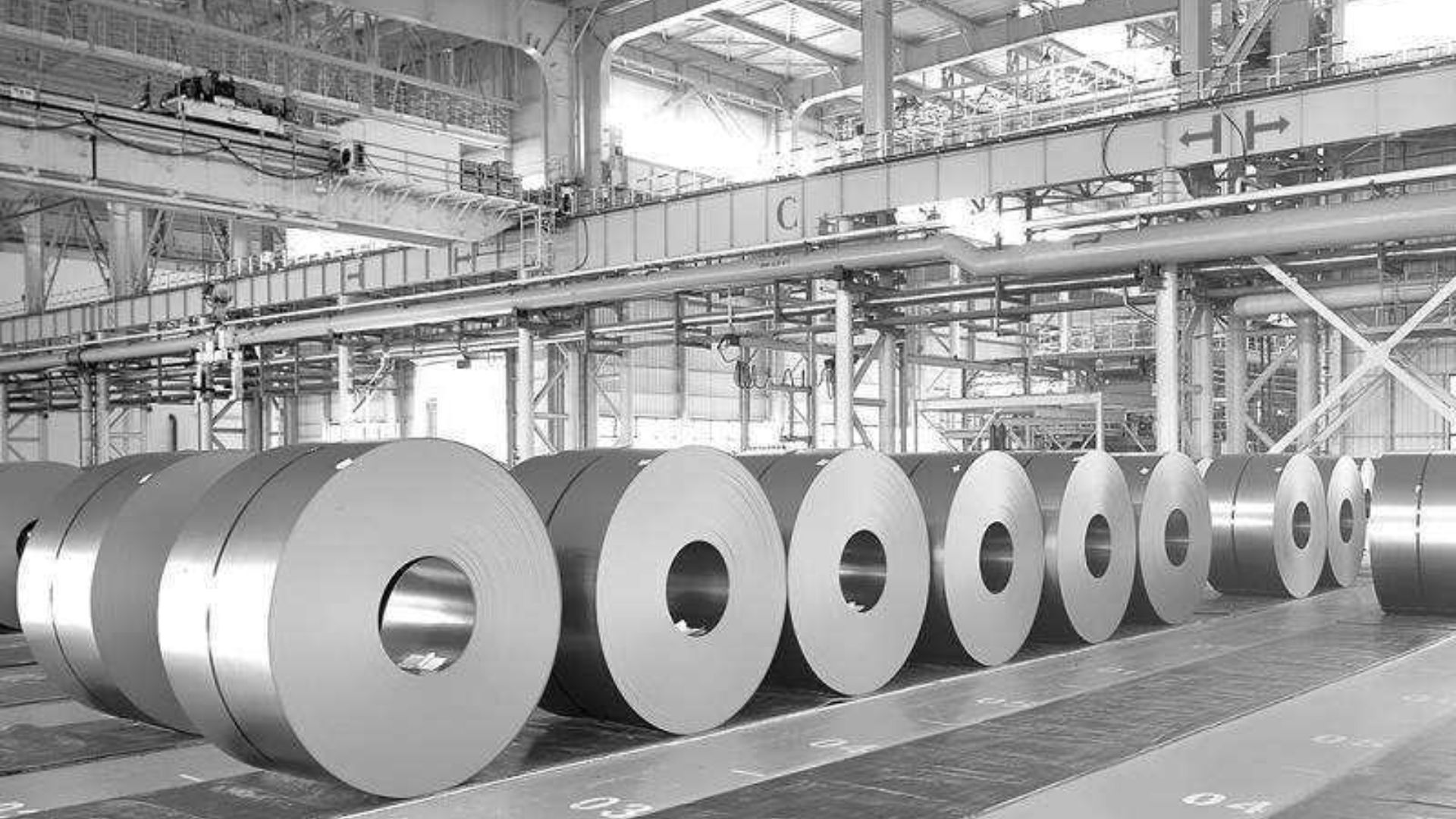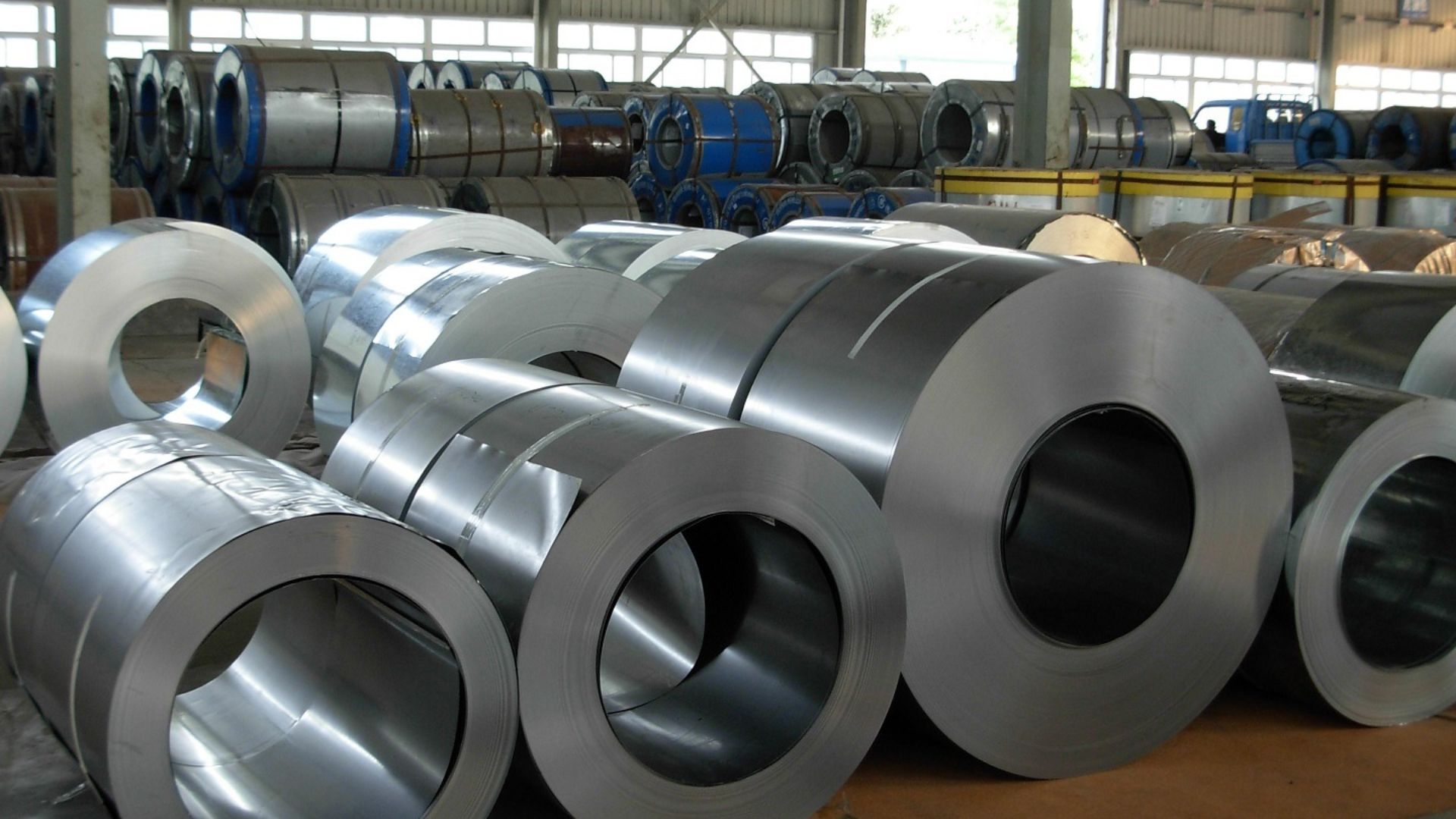In the metalworking industry, rolling is a critical process used to shape and finish materials. Two primary types of rolling techniques are used: cold rolling and hot rolling. Understanding the differences between these methods is essential, especially when considering the application of products like Cold Roll Dubai. This blog will explore what cold rolling is, how it differs from hot rolling, and the unique characteristics and applications of each process.

Understanding Cold Rolling
Cold rolling is a metalworking process that involves passing metal through a pair of rollers at a temperature below its recrystallization point. This process increases the metal’s strength and hardness through strain hardening. One of the main features of cold rolling is that it produces metal sheets and strips with a smooth, polished finish and precise dimensional accuracy. This technique is particularly useful in manufacturing industries where surface finish and tight tolerances are crucial.
The Cold Roll Dubai process is widely used in producing steel, aluminum, and other metals. The products created through cold rolling are often used in the automotive industry, home appliances, and construction materials. This is because cold-rolled metals exhibit excellent mechanical properties, such as higher strength, greater surface finish quality, and improved corrosion resistance.
How Cold Rolling Differs from Hot Rolling
The primary difference between cold rolling and hot rolling lies in the temperature at which the metal is processed. Hot rolling involves heating the metal above its recrystallization temperature, which makes it easier to shape and form. The metal is passed through rollers at high temperatures, resulting in a product with a rough surface finish and less precise dimensions. Hot-rolled products are generally used in applications where these factors are not critical, such as in construction beams and railroad tracks.
In contrast, cold rolling is performed at room temperature, resulting in a different set of characteristics. Cold-rolled metals are typically more refined, with a smoother surface and more accurate dimensions compared to their hot-rolled counterparts. However, the cold rolling process requires more power and is generally slower than hot rolling due to the increased resistance of the metal at lower temperatures.
One of the key advantages of cold rolling is the ability to produce thin sheets and strips with a high degree of precision. This makes Cold Roll Dubai products ideal for applications where exact specifications are required. Additionally, the cold rolling process can impart a desirable texture to the metal surface, making it suitable for various decorative and functional purposes.

Conclusion
Both cold rolling and hot rolling play vital roles in the metalworking industry, each offering unique benefits and applications. While hot rolling is favored for its efficiency and ability to handle large, bulky materials, cold rolling is essential for producing high-quality, precision metal products. In Dubai, the demand for Cold Roll Dubai products continues to grow, driven by industries that require superior mechanical properties and excellent surface finishes.
For those looking to explore the latest advancements in metalworking and manufacturing, Raysun Techno Industries LLC offers a platform to discover cutting-edge technologies and innovations. With a focus on bringing industry leaders and experts together, Raysun Techno Industries LLC provides valuable insights into the world of metal processing, including cold rolling and other essential techniques. Whether you’re a manufacturer, supplier, or enthusiast, Raysun Techno Industries LLC is the ideal place to stay informed and connected in the ever-evolving metalworking industry.

